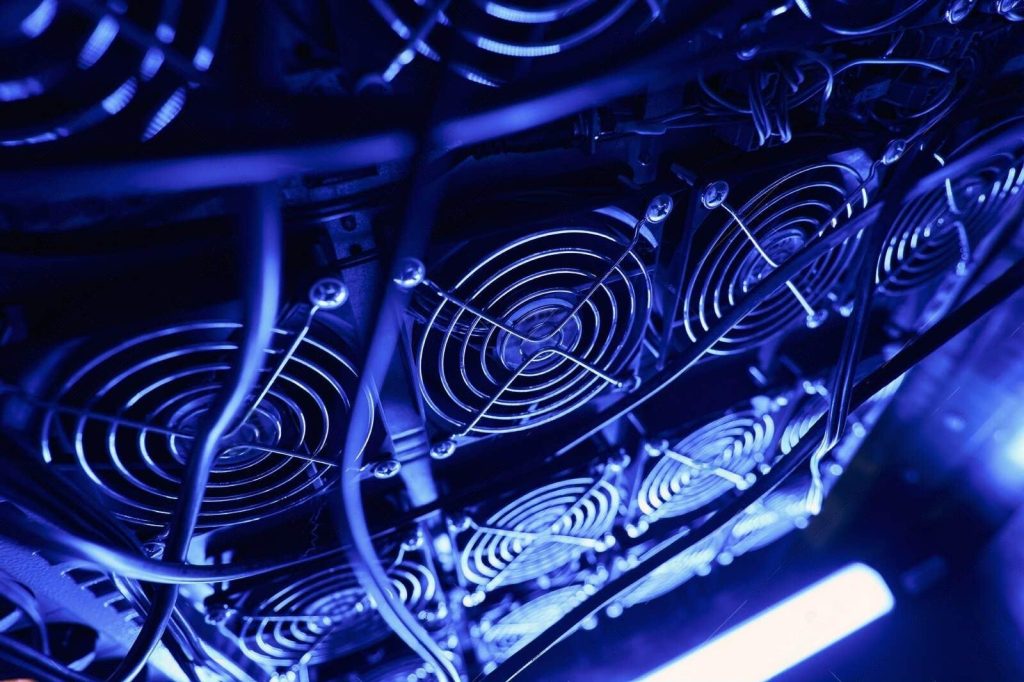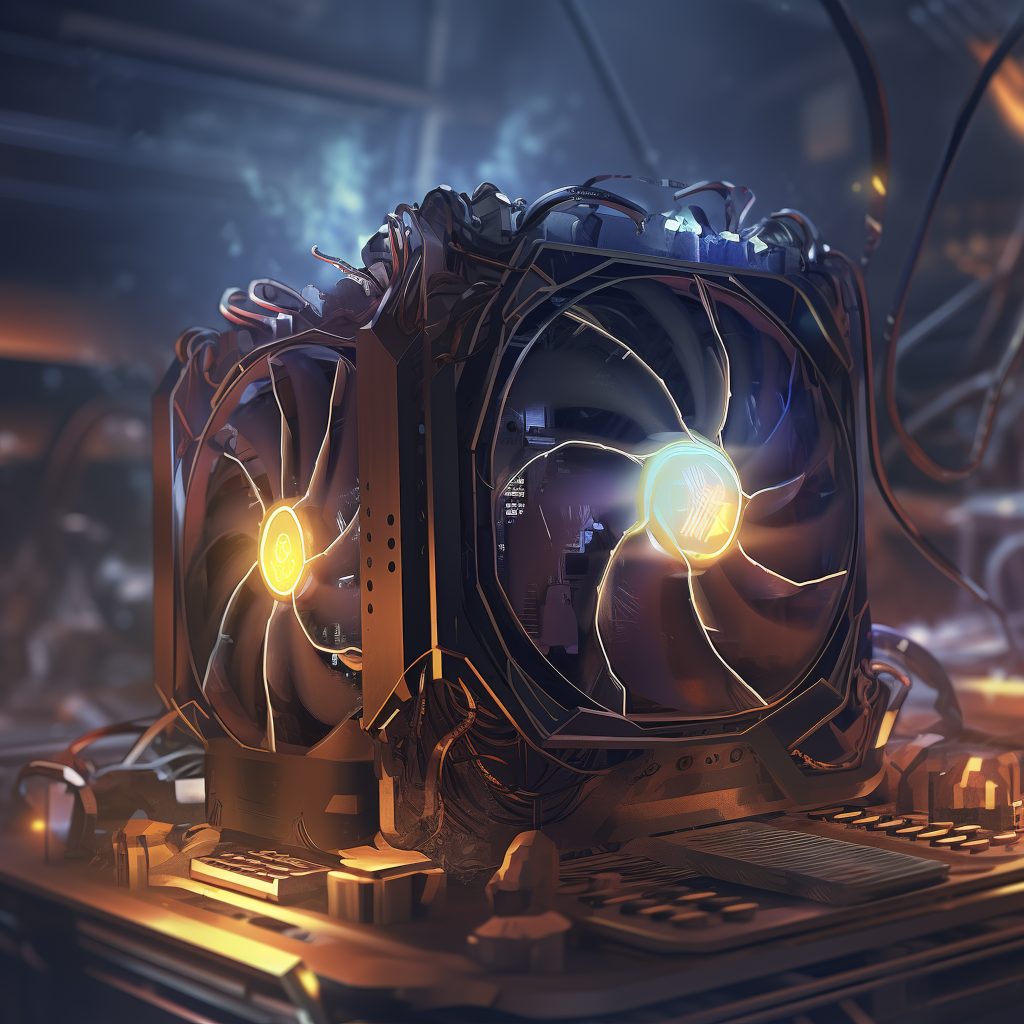The ever-growing demands of the digital age require data centers to operate at peak efficiency. However, the intense heat generated by powerful servers poses a significant challenge. Traditional air cooling systems struggle to keep pace, leading to increased energy consumption and potential performance issues.
Enter liquid cooling, a revolutionary approach that offers a more efficient and sustainable solution for data center thermal management.

Why Liquid Cooling?
Here are some key advantages of liquid cooling over traditional air cooling
Enhanced Efficiency:
Liquids transfer heat much more effectively than air. This allows liquid cooling systems to operate at lower temperatures, reducing energy consumption by up to 40%.
Increased Server Density:
Liquid cooling removes heat directly from individual components, enabling data centers to pack servers closer together. This translates to a smaller physical footprint, maximizing space utilization.
Improved Server Performance:
By maintaining optimal operating temperatures, liquid cooling helps prevent server throttling and ensures consistent performance.
Reduced Environmental Impact:
Lower energy consumption signifies a smaller carbon footprint. Additionally, liquid cooling utilizes less water compared to traditional air cooling towers.
Types of Liquid Cooling
Liquid cooling encompasses various technologies, each with its own advantages and applications
Direct-to-Chip Cooling:
This method involves directly cooling the processor with a liquid-cooled cold plate, offering the highest level of heat removal.
Immersion Cooling:
Servers are submerged in a non-conductive liquid, resulting in exceptional heat transfer and space optimization.
Rear-Door Heat Exchangers:
Warm air from the server rear is cooled by liquid passing through a heat exchanger, offering a less intrusive solution.
The Future of Data Center Cooling
Liquid cooling is rapidly gaining traction as data centers strive for efficiency and sustainability. While initial installation costs might be higher compared to traditional air cooling, the long-term benefits in terms of energy savings, performance optimization, and environmental impact make it a compelling investment.

Embrace the Future
As technology continues to evolve, so will liquid cooling solutions. By staying informed and exploring the possibilities, data center operators can unlock new levels of efficiency and pave the way for a more sustainable future.
![]()
